Behind the scenes on many of today's most popular TV shows, women are calling the shots.
It's the power of female 'showrunners' we have to thank for the surge of more authentic female characters and stories on screen, says the author of Stealing the Show: How Women are Revolutionising Television Joy Press.
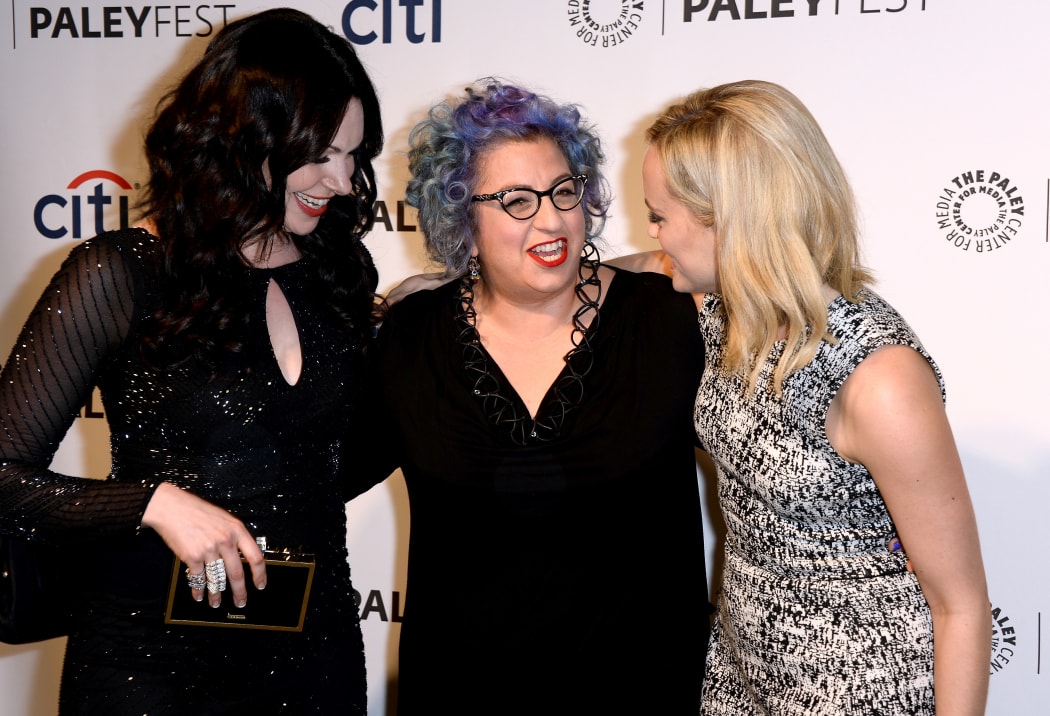
'Orange Is The New Black' creator Jenji Kohan (centre) with actresses Laura Prepon and Taylor Schilling Photo: Getty Images / AFP
Showrunners such as Shonda Rhimes (Grey's Anatomy), Tina Fey (30 Rock), Jill Soloway (Transparent) and Jenji Kohan (Orange Is The New Black) pull off an "enormous job", Press says.
"It involves setting the creative vision for the show, it involves hiring, it involves often being the head writer… It involves liaising with the studio and network doing a lot of the business conversations.
"It's a crazy job for someone who almost always starts out as a writer."
With more women in these roles, a richer variety of programmes are getting made, she says.
"What you find is when you have a bigger array of people telling those stories you're going to get more range and some exciting things you didn't even know you wanted.
"There were a lot of stories from female perspectives and just non-straightforward white male perspectives that we really haven't seen before and they feel fresh and exciting."
In the past, female TV characters were less nuanced due to the industry's male gatekeepers, she says.
"There were a lot of stock characters, there were female characters that were really marginal and sometimes a little bit clichéd.
"What has changed is there's just been this explosion of different kinds of characters and not just female characters, all kinds of characters."
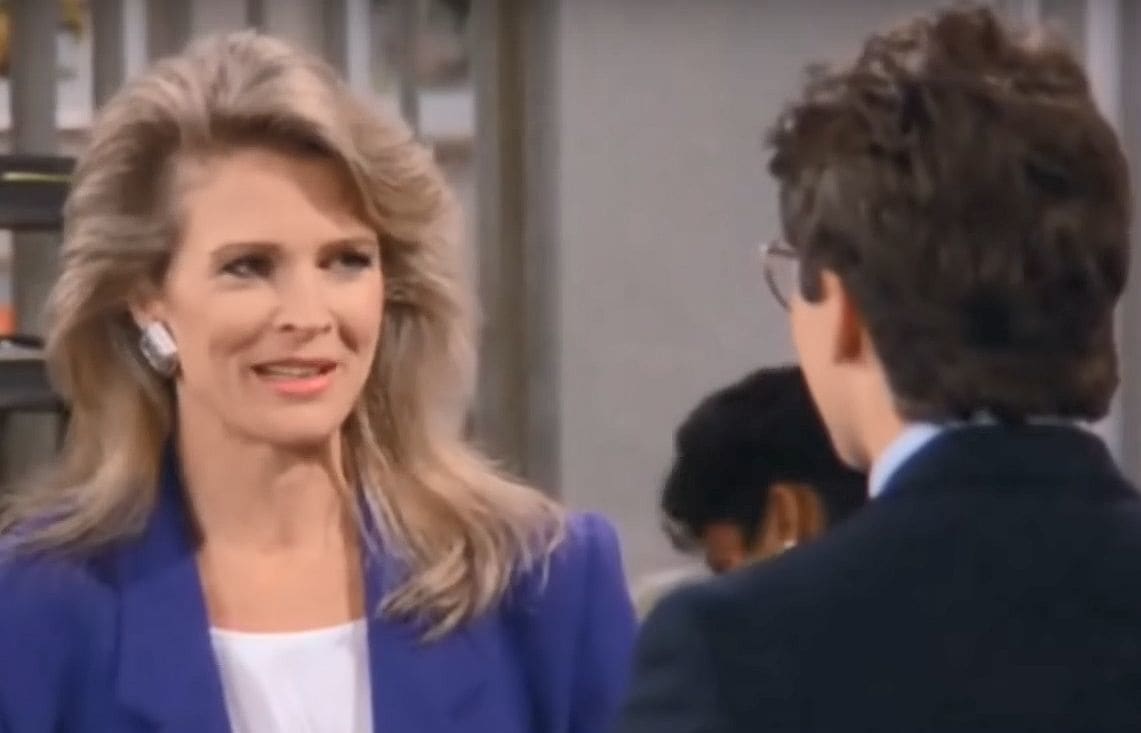
Candice Bergen in the first episode of the TV series 'Murphy Brown' (First aired 14 November 1988) Photo: YouTube screenshot
The 1980s series Murphy Brown was a game-changer, she says.
"Diane English created this sort of 40-something woman who was coming back from rehab, had had a lot of problems, and the network I think wanted a younger woman."
Roseanne Barr's titular character was another iconic female character who hit the screens at the same time.
"Roseanne and Murphy Brown premiered the same fall within one month of each other – two very difficult, loud and forthright women."
Former Roseanne staff writer Amy Sherman-Palladino went on to write Gilmore Girls, another classic female-led show.
The ultra-literate chatter of the characters on Gilmore Girls upended what Press calls "a presumption that relegated a female-driven show to the cultural margins".
"What I often heard writing this book was the women behind the scenes who were making these shows were facing some of the same problems that the characters were, which was having push-back."
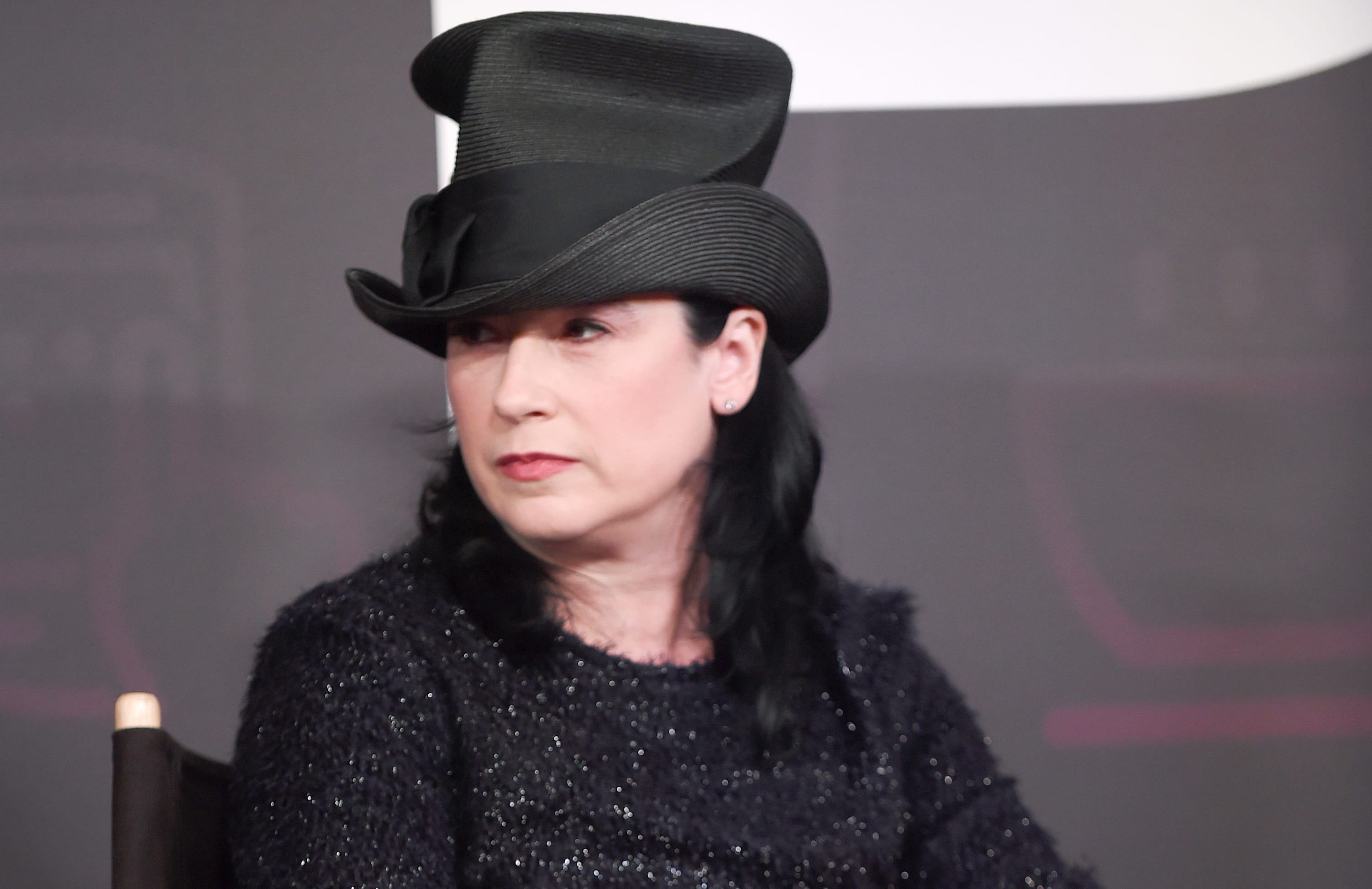
Gilmore Girls creator Amy Sherman-Palladino Photo: 2016 Getty Images / AFP
Writers like Sherman-Palladino refused to "smooth down the edges" of their characters, Press says.
"[Sherman-Palladino] told some executives 'You're not my mother so either fire me or stop calling me'."
A more fractured and varied broadcasting landscape has been a boon to female creatives, she says.
"It's a made a huge difference to women because there are a crazy number of shows on the air and there is pressure for content there are all kinds of streaming and cable networks eager to get attention for their shows.
"A lot of shows in my book ended up happening because there was a network that needed to get some attention."
Weeds is a prime example.
"When Jenji Kohan created Weeds [in 2005] this was a moment when HBO was ascending with all of these very macho dramas. She set out to create a female anti-hero. So she created this great series based on a soccer mom who was dealing weed."
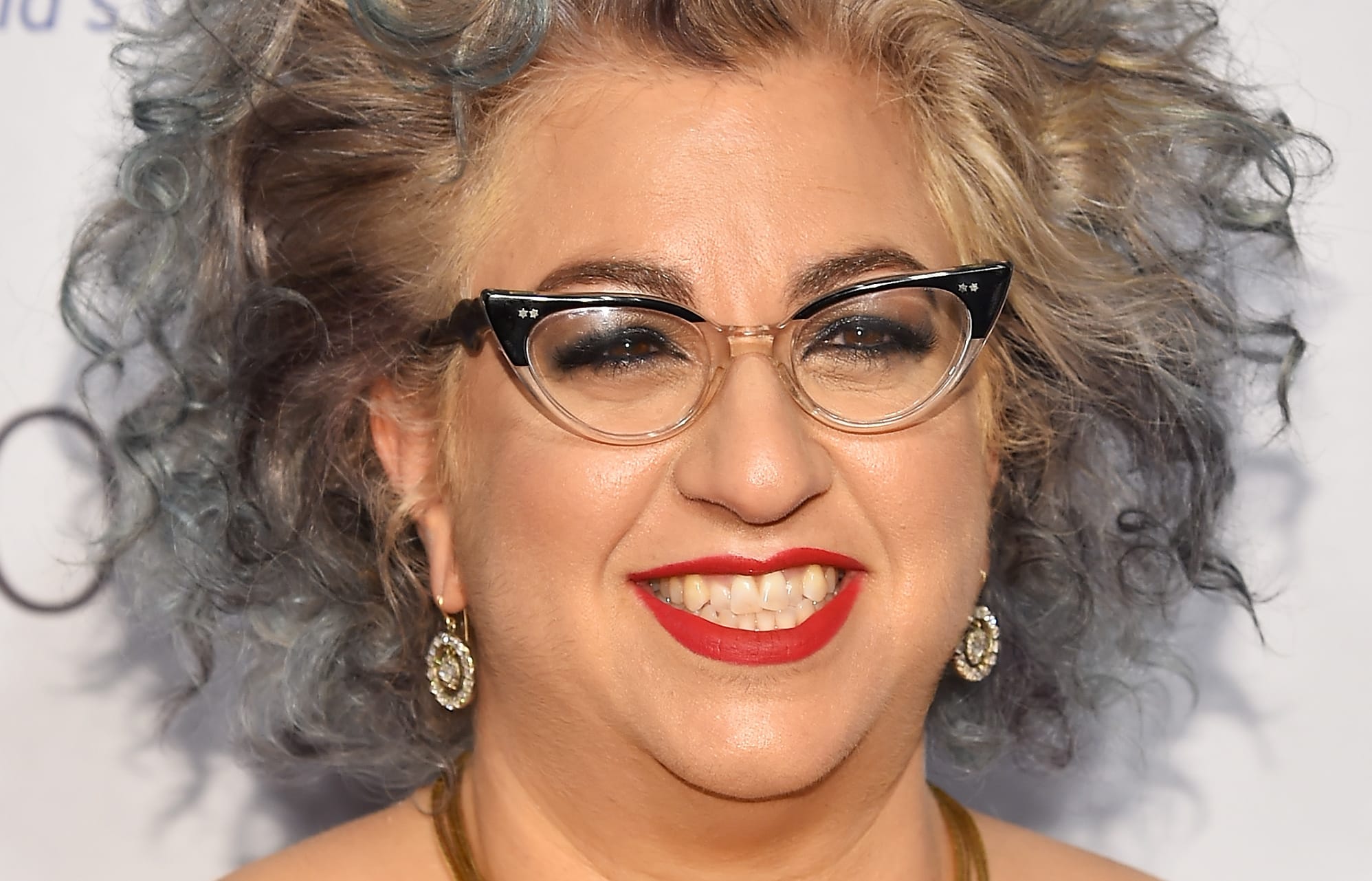
Television writer and producer Jenji Kohan, creator of the Showtime comedy-drama series Weeds and the Netflix comedy-drama series Orange Is the New Black. Photo: 2016 Getty Images
Weeds got picked up by Showtime – a network at that time trying to make a name for itself.
Later, Kohan did the same for Netflix, creating the show that Press says originated "binge-watching" – Orange is the New Black.
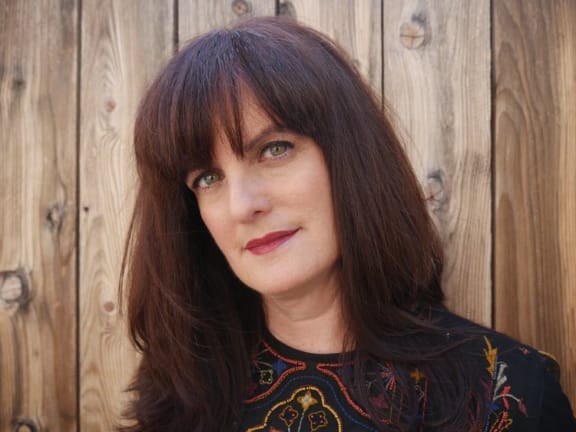
Joy Press Photo: Supplied
Press finished Stealing the Show just as the #MeToo movement began last year.
"I went through literally as the book was going to press and added a few references to what was going on. It's a very odd thing to write about the contemporary moment because the moment is changing so quickly and in such unexpected ways.
"I realised in some ways sexual harassment was the last taboo, people would talk to me about all kinds of things [but] there were many things that were open secrets but you really could not talk about that.
"It's a system, it's systematic and it's not just in television, it's everywhere. It's very difficult for women to talk about and still keep working."

